Museum curators care about all of the objects in our collection: it’s our job, after all, to find interesting and significant things to bring into the museum, and to research and investigate their history. But we all have our favourites and this is mine! It’s a Midas XL3 40-Channel Live Performance Console, made in 1990, and most recently used by The Prodigy and sound engineer Jon Burton.
What is it?
A mixing console allows the sounds from multiple instruments and voices on stage to be blended, balanced and manipulated by the mix engineer to create a good, clear sound for the crowd at a live show. In the picture, you can see some channels of the XL3, still labelled up for The Prodigy’s Maxim Reality and Keith Flint’s vocals, and for the bass and guitar.
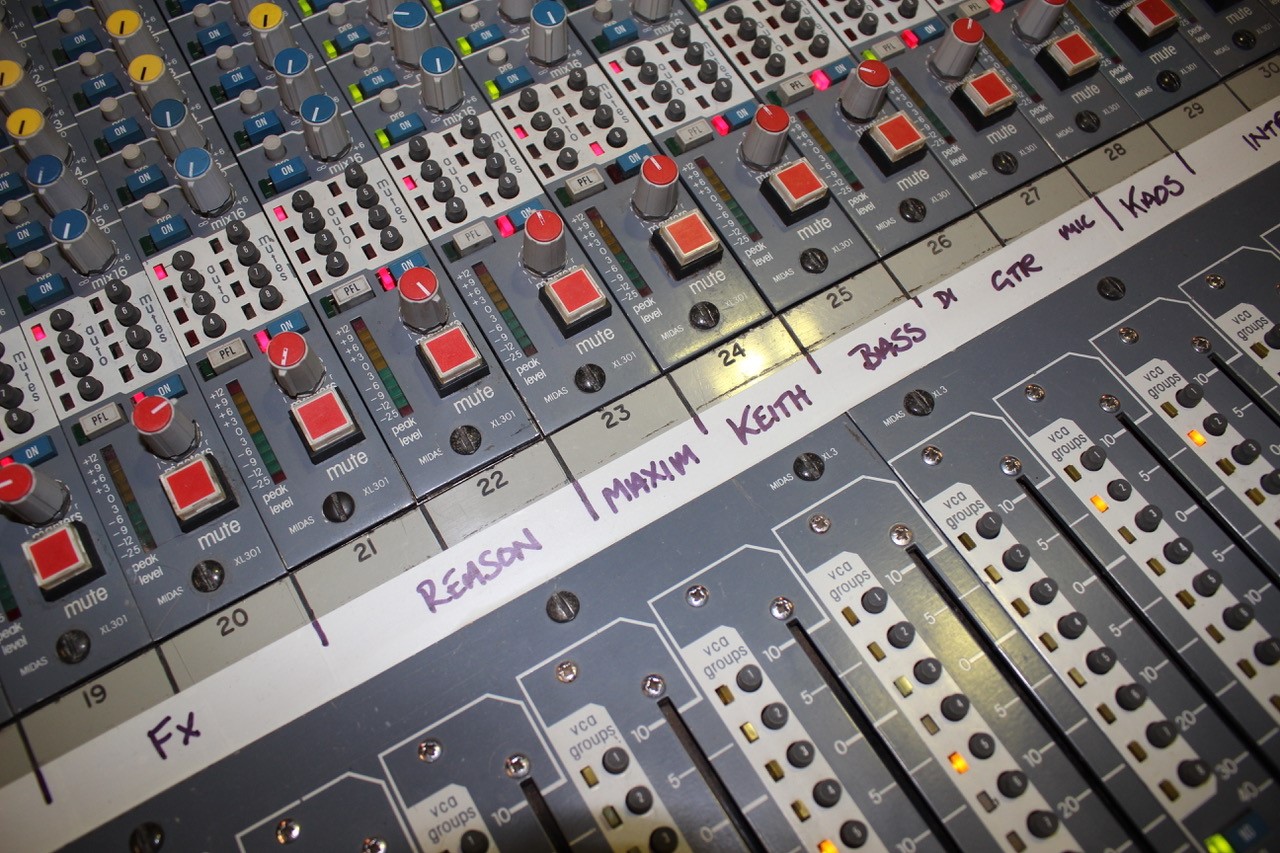
The development of mixing consoles from the 1960s onwards changed the way we experience live music. Midas was founded in 1970 and quickly became world-leaders in the field. Many would argue that the XL3 is the pinnacle of their craft. Between 1990 and 2000, exactly one thousand were designed and manufactured in Kidderminster, UK. Ours is serial number 003—the oldest one still around, as far as we know.
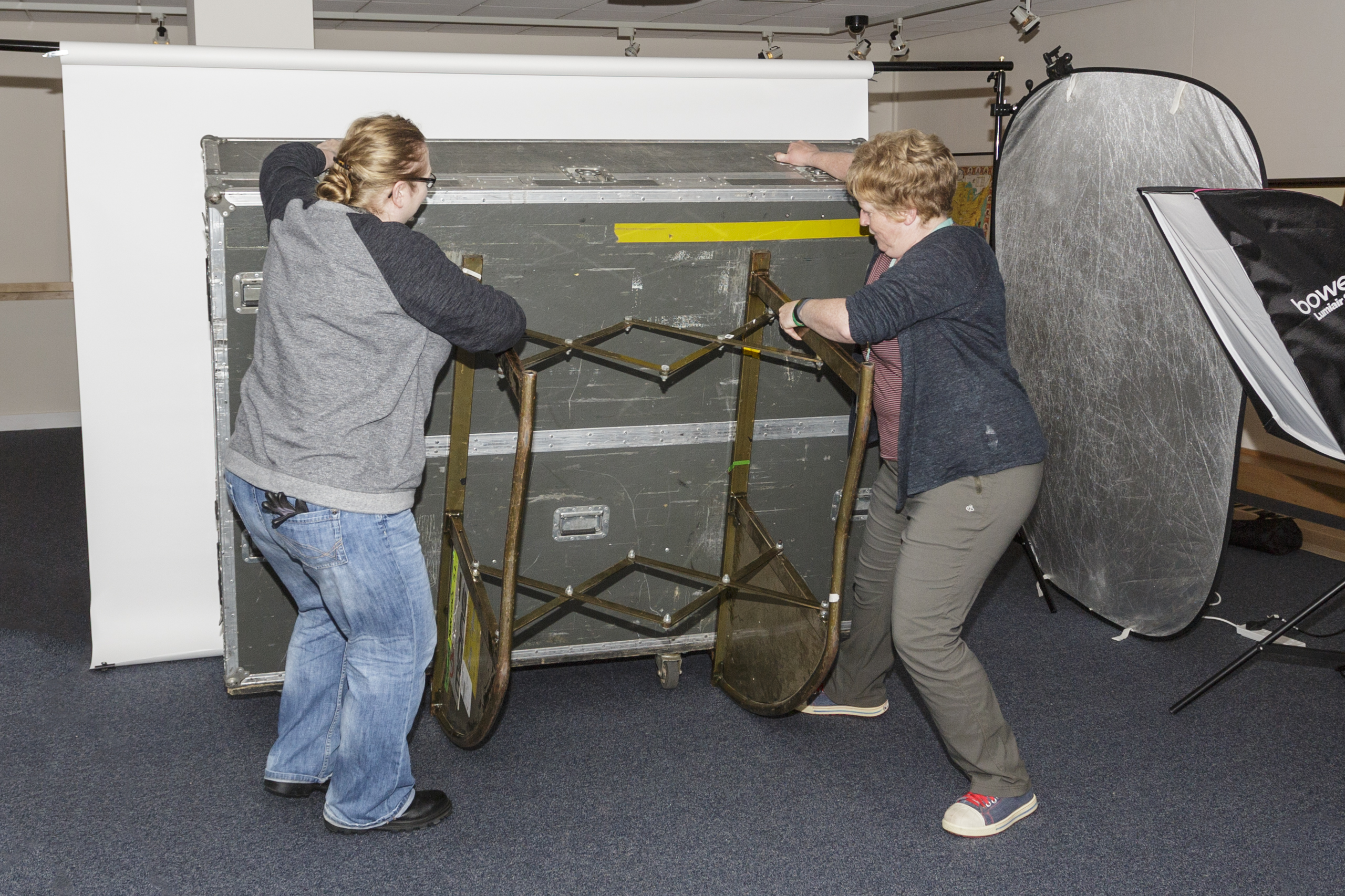
A potted biography
Our XL3 started its career in 1990 with a hire company in London and toured many of the biggest concert venues in the UK, including Wembley Stadium for James Brown, Earls Court for Prince, and Elland Road Stadium for Happy Mondays. In 1996, it was installed in the Forum, Kentish Town, London, where it was used by hundreds of bands and artists, including Foo Fighters, Björk, Amy Winehouse, PJ Harvey, Billy Bragg, Coldplay, Suzanne Vega, Jay-Z and many more.
It even survived a riot, when rap artist Busta Rhymes was due to play at the Forum but didn’t show up, and the crowd—already in the venue and waiting for the show to start—reacted badly to the news, ending up with the XL3 being trampled! However, it’s a very sturdy thing and, after the boot-prints had been cleaned off, was found to be in full working order!
From 2010 until its arrival at the museum in August 2018, the XL3 was owned by Jon Burton/Laundry Rooms Studios, and was used with touring artists such as James Morrison, Bombay Bicycle Club and The Prodigy.
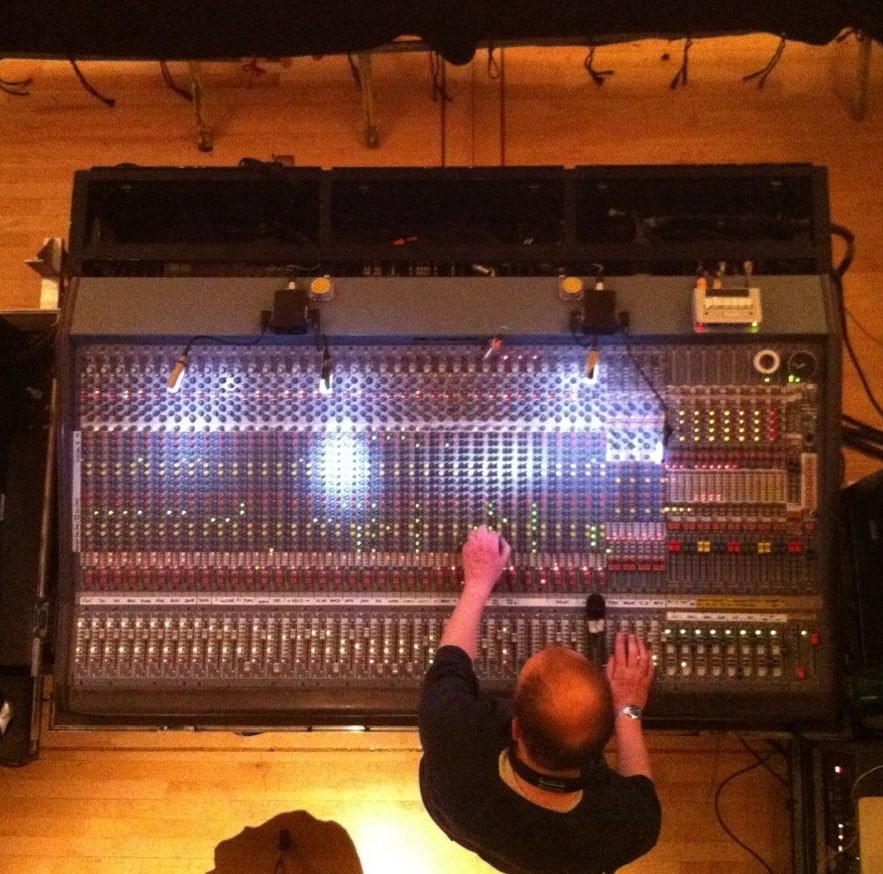
So what?
If we’re going to have a collection our visitors can identify with, it’s important to collect not just the thing itself, but to somehow capture the people, and the life, and the stories of that thing. Of course, it’s much easier to do this with newer objects—while the people are still around to talk to!
One of the main reasons this mixing desk is so special is that it doesn’t come to us alone—it comes with the people who have owned and loved it, the community that remembers it, and the experiences of the audiences who’ve enjoyed the shows it’s been used on. There are lots of different stories we can collect about an object like this and I’m very lucky to be able to work closely with some of the engineers and technicians who’ve been part of the life of this XL3.
The most recent owner, Jon Burton, is helping me to collect as much of the history of the console as possible. I had the privilege to watch him at work, mixing The Prodigy at the Electric Picnic Festival, in Stradbally, Ireland this summer. As a curator, seeing exactly how things are used in the real world, and talking to the people that use them, helps me to understand them better—and that lets me produce better displays for our visitors.
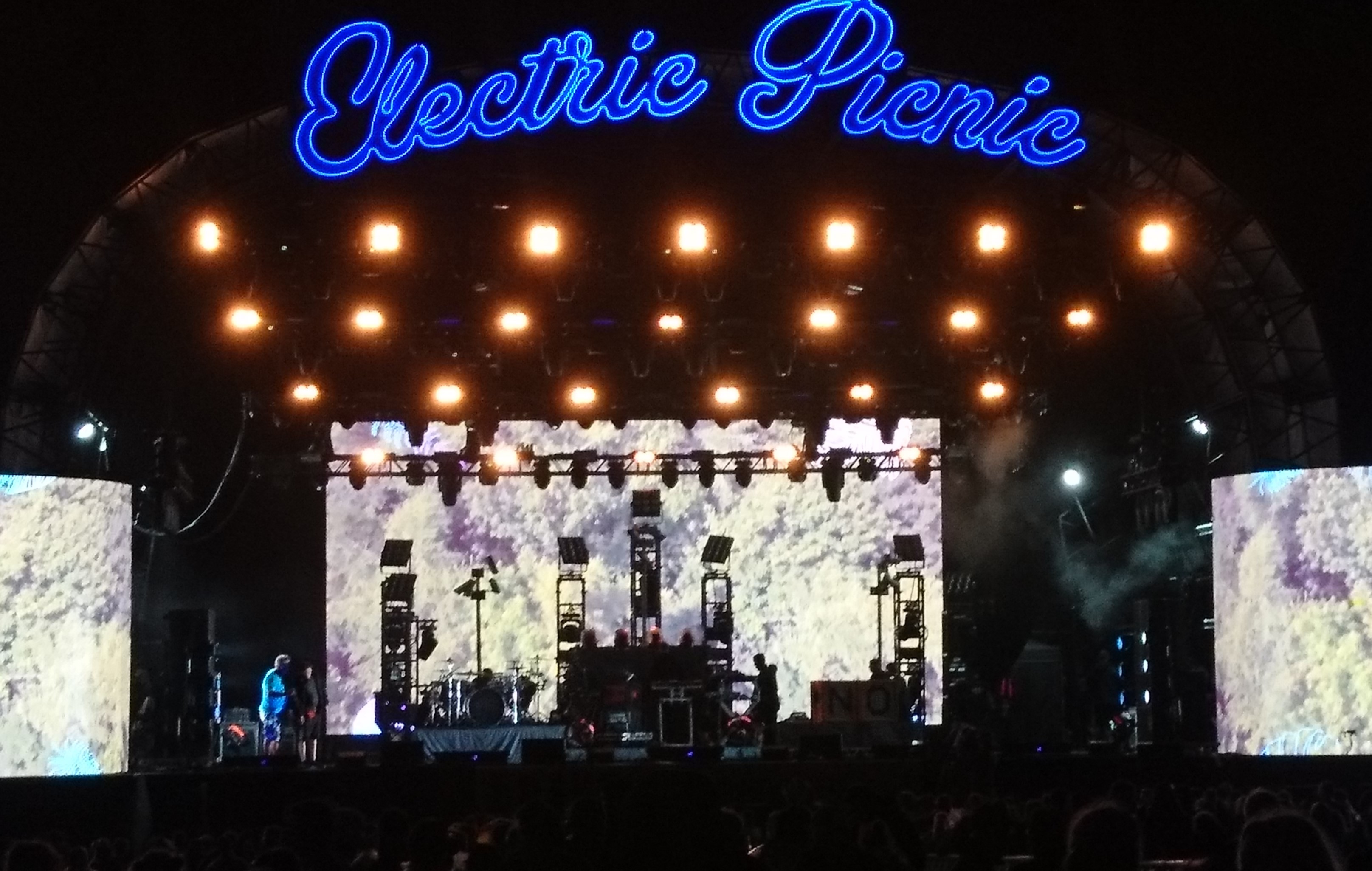
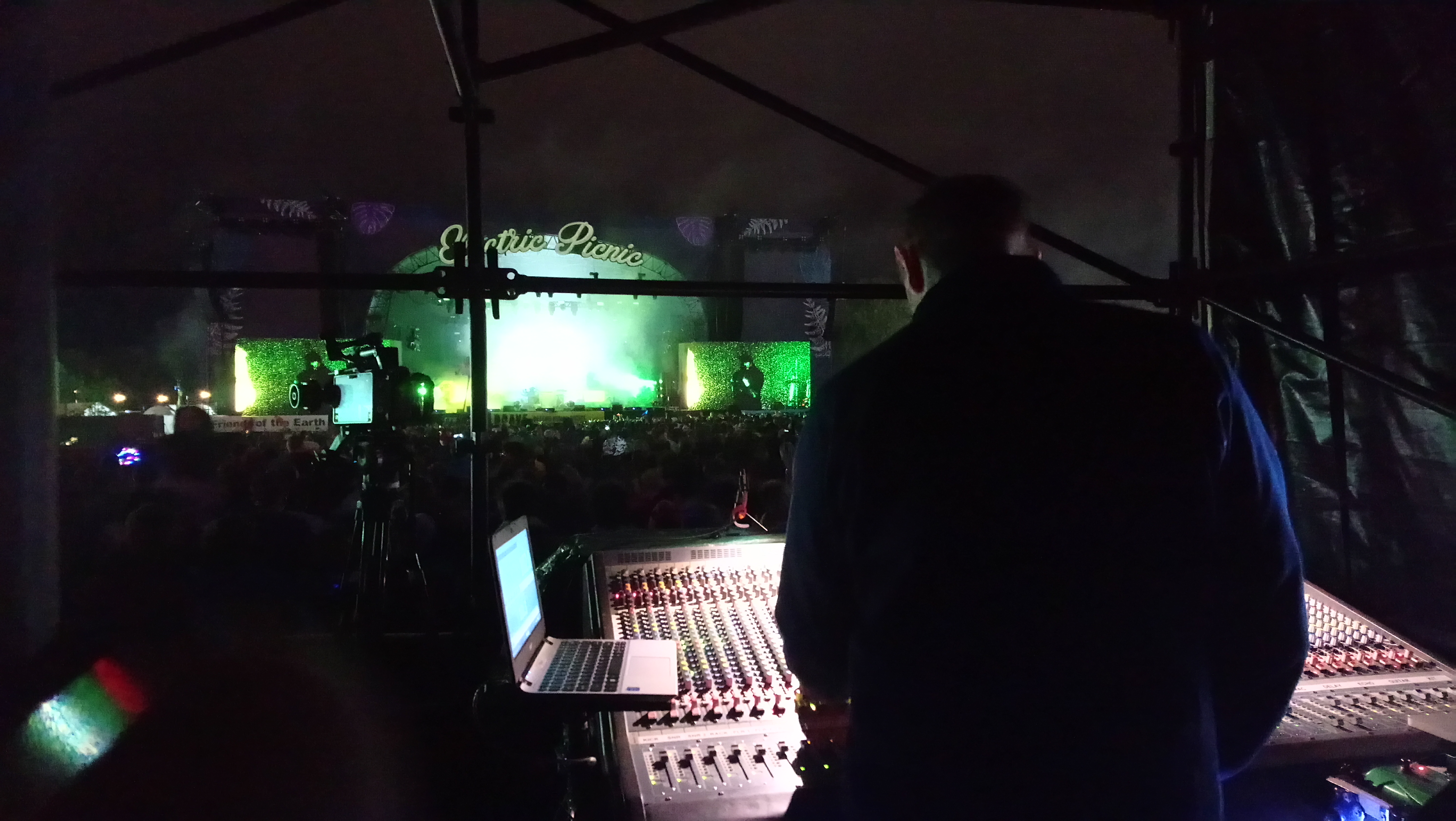
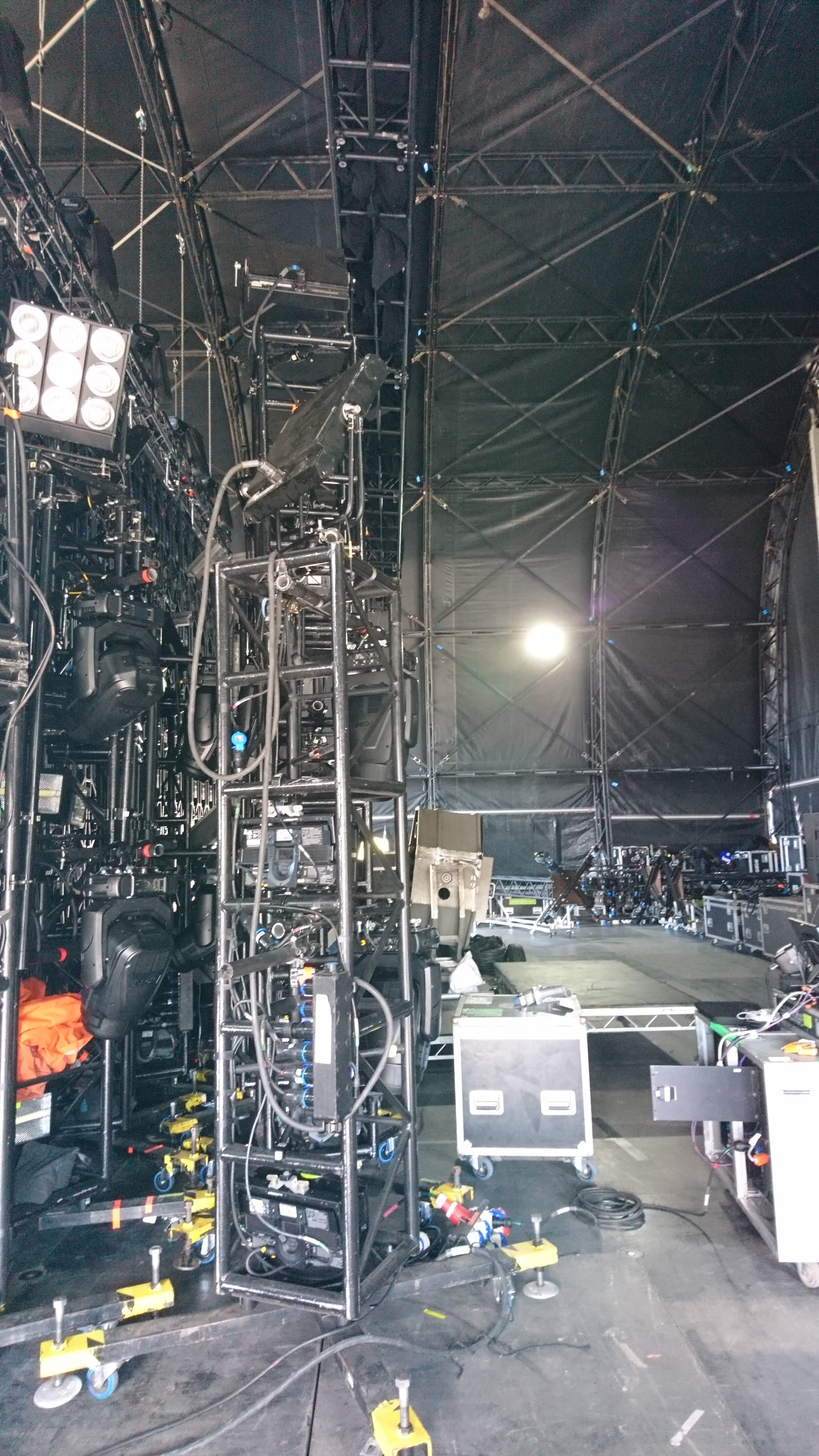
You might not realise how much social media can help us curators find out more about our collection objects. I’ve been using Facebook and Twitter to reach out to engineers who’ve worked with our XL3 to share their experiences and fill in details of the history—that’s how I found the story about the Busta Rhymes riot, amongst many others. And I’ll be doing the same to find memories from audiences for our XL3’s shows. Watch this space!
Come and meet the XL3!
The console will be on temporary display in the museum all day on BBC Music Day, Friday 28 September 2018. From 18.00 there will be tours, talks and more, with Jon Burton and others. Please join us and be sure to say hello!
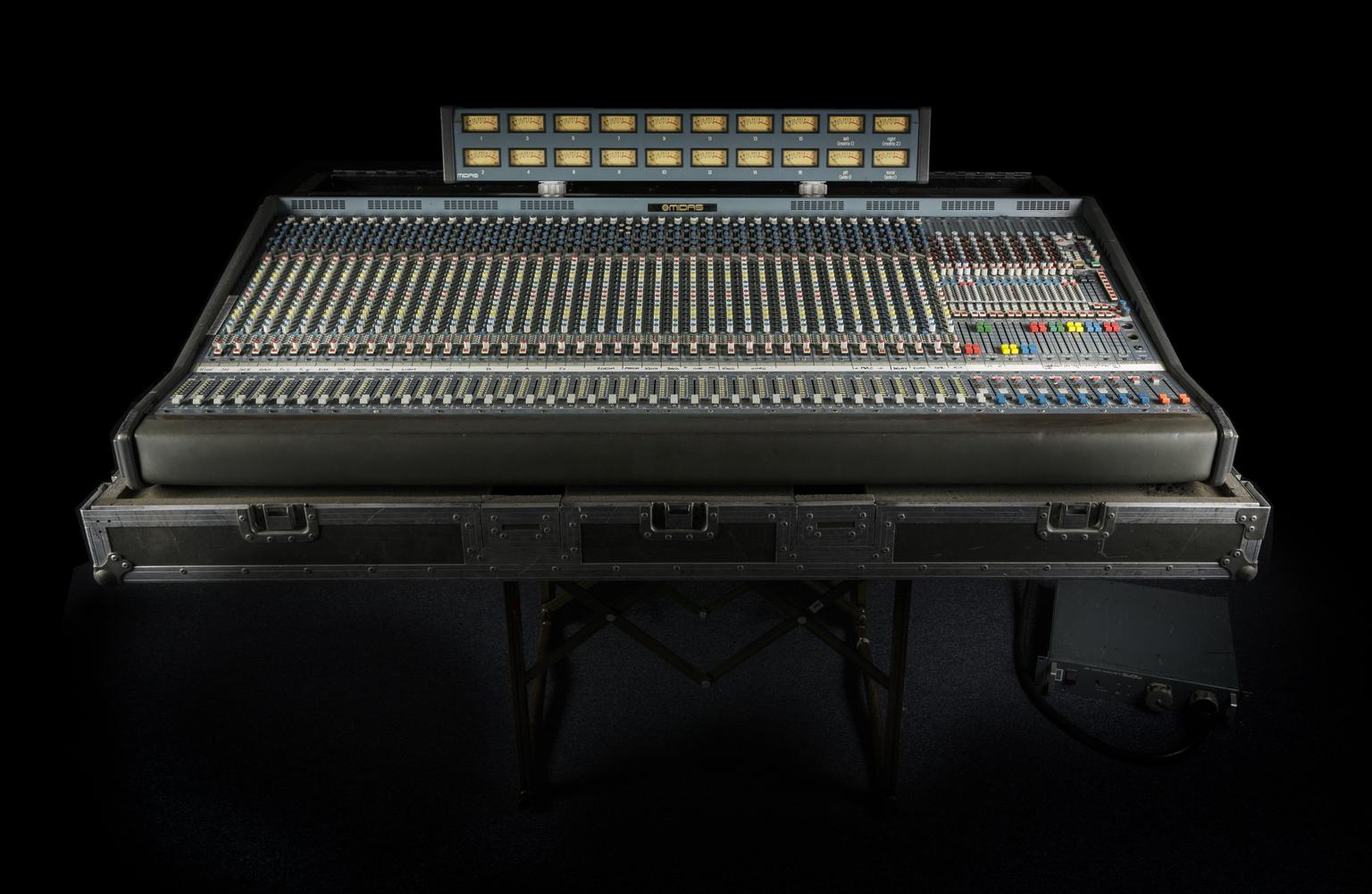
Excelènte adquisiciòn para el museo!!
I am glad that this piece of musical history has been recognised for what it is. No matter what concert, rock classical or other genere, it is likely you will have experienced the sound mixed and proccesed through one of these. I have a near identical item, the difference being that the output sections on mine are in the normal place in the middle of the desk.
Mine can only claim that it spent its life in U2’s rehearsal studio!
Would you have ANNIE JAMIESON please contact me… as I have in my PRIVATE studio a VERY EARLY 70’s Midas Console I’d purchased from A1 AUDIO’s massive (‘old’) Analog desk sale in LA in the late 80’s (along with their German & UK warehouses)… to go with my Ampex440b I’d acquired from JOHNNY OTIS (of Hound Dog & Willie & The Hand Jive fame) at his house in Altadena, California (at the time).
And ALSO have a VERY RARE radio marketing survey report from when HOUND DOG was released – as to affects that this (then) new ‘race music’ was having on the stations listening audience – that was done by the JOHN BLAIR COMPANY for. GORDON McLENDON’s stations ( who founded the first PIRATE RADIO SHIP off Norway when your BBC was trying to strictly control radio transmissions at the time – I thought she and your Museum might like to acquire for researchers into the history of Rick n Roll.
I did most of those gigs with that desk when I was at Encore, other stuf I did with it was actually mainly used by me was, Del Amitri, ziggy Marley,Steve Harley, Motörhead,Velvet Underground
Great to see you using an easy tilt stand, perhaps one of the most important contributions to preventing back injury amongst tour personnel over the past 30 years. Very pleased to have innovated these at SSE in 1996. The first example went to the Metallica US tour and created quite a buzz. I received calls from audio folks in almost every city the tour visited. When the tour arrived in the UK Bob Doyle and Coop of Midas turned up at the NEC with a tape measure. It must have been a big night because Coop lost the dimensions and called me a few days later for a copy of the drawings. Twenty five years later I was in an antique warehouse and was surprised to find a similar device that was manufactured in 1900 for moving pianos. Obviously roadies have been tilting heavy stuff for longer than you might think!